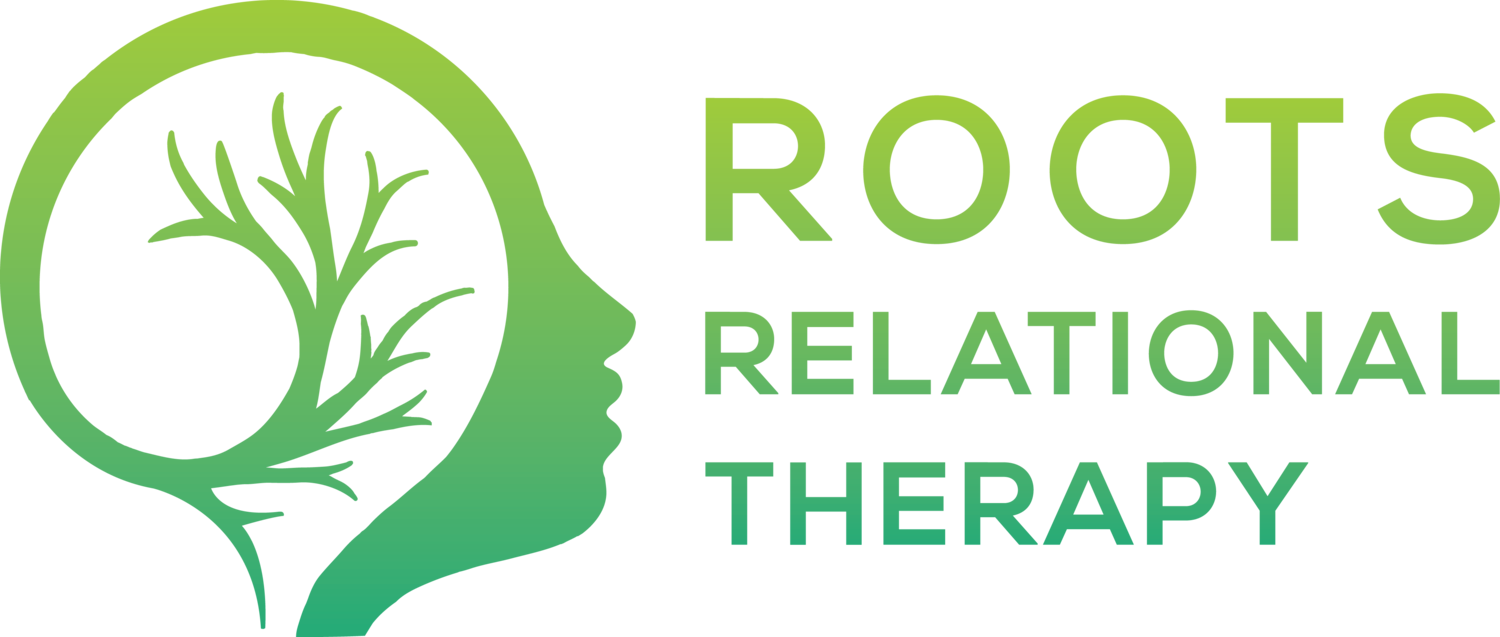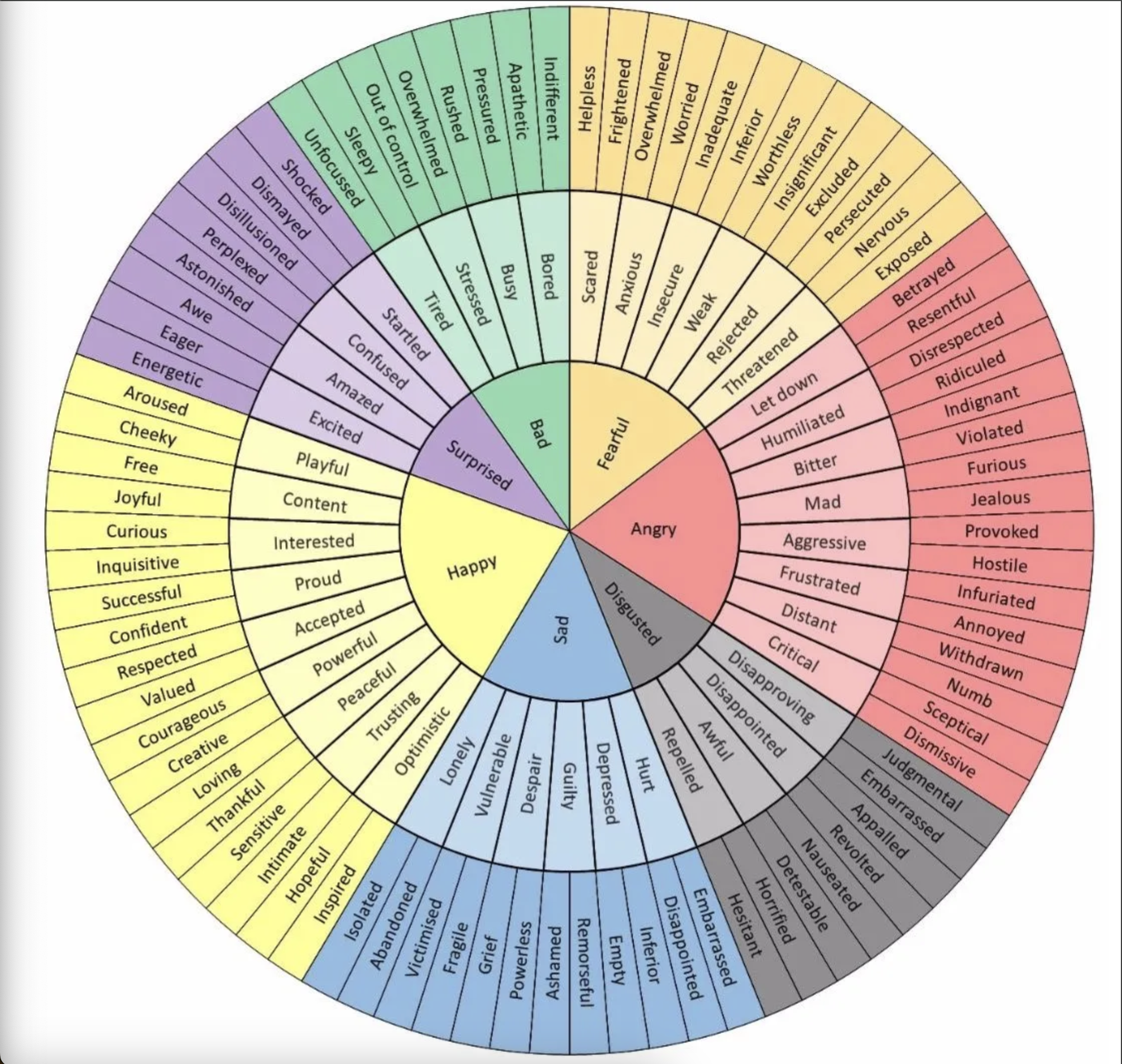Why You Aren’t Happy, and How to Change That
There is a lot of talk about breaking bad habits and developing good habits. But are you aware of your emotional habits?
Most people don’t regularly express a wide range of emotions. They could probably list about 3 to 5 emotions that they feel on a day-to-day basis, with two of them being “fine” and “okay”, which are not actual emotions!
The quality of your life is where you live emotionally. And if you aren’t reasonably happy, or you are plagued with negative emotions like anxiety and depression, there is a simple reason for that.
This article breaks down the three main avenues of generating emotion, and how to harness them to feel the way you want to feel!
Identify Your Emotional Habits
We all have a kind of emotional muscle memory, where we have a tendency to subconsciously return to and rehearse certain emotions. If you don’t feel the way you want to feel, you need to assess your emotional habits.
To do this, you will need a piece of paper, and a pen. Divide the sheet of paper in half, vertically, then using the “Wheel of Emotions” below, write down all the emotions you experience in an average week. Write the negative emotions on the left side of the paper, and the positive emotions on the right side.
This initial assessment can be very telling if one side of the paper is obviously longer than the other.
Image by @trainingsbyromy on Instagram
The only reason you feel anything is based on three things: what you do with your body, what you focus on, and how you make sense of what you’re perceiving. Addressing these three factors can change your emotional response, no matter the situation.
What You Do with Your Body
The first determinant of how you feel, is based on what you do with your body. Emotion is created by motion. We know this to be true given the research on “power poses,” where we stand tall with our hands on our hips in order to make us feel confident before a job interview. Or how forcing a laugh can lead to genuine laughter.
Our minds and our bodies do not experience things independent of each other. They interact together to shape our conscious experience of emotions. Standing tall activates muscles and increases blood flow throughout the body, so it feels very different than laying down.
When reviewing your list of negative emotions, I want you to consider: what habitual movements, or lack thereof, are you doing that impacts your mood? For example, if you often feel depressed, maybe you aren’t moving your body very much, or only in small ranges of motion. Maybe your posture is slumped, and your breath is shallow. Maybe you sigh a lot, or frequently hang your head low.
This physical component of how you feel goes beyond body movement, and includes what you put into your body through what you consume, in terms of food and substances. So consider: how have my food choices and substance use negatively impacted my mood? Maybe you notice there’s a certain food that you crave and tastes great in the moment, but later makes you fatigued and depressed. We can’t feed our body garbage and expect to feel great!
Furthermore, if you have any ongoing health-issues like hormonal imbalances or chronic headaches, you probably don’t feel great because those physiological problems are going unresolved. So what you should “do” with your body, then, is seek information and resources to feel better physically and emotionally.
Do this with each of your negative emotions, to see how your habitual body movements, unhealthy consumption, and unaddressed health issues have been impacting your emotional experience.
Next, do the same thing with your list of positive emotions; what habitual movements are you doing that impacts your mood? For example, if you often feel loving, maybe you’re frequently cuddling with someone you love, or looking at them with love in your eyes and smiling at them. Ask yourself, “what food makes me feel good after I eat it?” and “what health-related habits could contribute to my overall emotional wellbeing?” Do this with each of your positive emotions, to see how your habitual body movements, conscious consumption, and investment in your health have been encouraging a positive emotional experience.
This process is all about identifying what you’re doing right and doing more of it, what you’re doing wrong and need to do less of, and what you could be adding for your emotional benefit.
Your Pattern of Focus and Rehearsal of Beliefs
The second determinant of how you feel, is what you focus on and what you believe. Perception is reality, because we feel whatever we focus on.
Looking at your list of negative emotions, I want you to consider: what have I been focusing on that is encouraging these negative emotions? What beliefs have I been rehearsing that elicit these negative emotions?
For example, if you frequently feel worried, you probably have a mental habit of focusing on what could go wrong. Furthermore, you most likely believe that anxiety will protect you from bad things happening, so you allow it to dominate your focus; because deep down, you believe that you need it.
This is the difference between optimistic people and pessimistic people. Given the exact same scenario, optimistic people focus on the best in a given situation, while pessimistic people will always focus on the worst. Optimists will see the glass half-full, while pessimists see the glass half-empty.
Do this with each of your negative emotions, to see how your rehearsal of beliefs and pattern of focus have been impacting your emotional experience.
This is also the difference between an internal locus of control and an external locus of control. Having the belief of an internal locus of control, means you believe you have the power to influence your own life; that your choices and behaviors will determine your quality of life. Having the belief of an external locus of control, means you believe that external forces like luck, fate, or a higher power is primarily responsible for the events in your life.
Maybe a part of you believes all rich people are evil, so that part of you subconsciously blocks you from becoming financially well-off, because you don’t want to be evil. Maybe a part of you believes that all things happen for a positive reason, so you focus on possibilities rather than losses. Our beliefs guide our focus, and our focus determines what we feel.
Now looking at your list of positive emotions, I want you to consider the same: what have I been focusing on that is encouraging these positive emotions? What beliefs have I been rehearsing that elicit these positive emotions?
Do this with each of your positive emotions, to see how your rehearsal of beliefs and pattern of focus have been impacting your emotional experience.
Language Pattern
The third determinant of how you feel, is the story you tell yourself about what’s happening.
Language is where our focus turns into meaning making. Research has shown that the average person experiences around 60,000 thoughts per day, with about 75% of them being repetitive!
Looking at your list of negative emotions, I want you to consider: what repetitive thoughts do I have that feed these negative emotions? What phrases do I say a lot that unconsciously validate these negative emotions?
For example, do you often use dramatic language like, “I’m starving!” rather than “I’m hungry”? Does the phrase, “I can’t” come up a lot for you? Or do you notice a tendency to notice the flaws and shortcomings of yourself and others, rather than highlighting positive attributes?
Most people are pretty good about watching what they say to other people, yet they are absolutely reckless when it comes to their own minds! A thought we repeat becomes a belief, and a rehearsed belief becomes our destiny. If you think or say something over and over again, it becomes like an emotional incantation.
Do this with each of your negative emotions, to see how your pattern of language has been impacting your emotional experience.
Looking at your list of positive emotions, I want you to do the same thing: what thoughts do I have that feed these positive emotions? What phrases do I say that validate these positive emotions?
Some great internal phrases are: “what’s good about this situation?”, “how could I make this fun or easier for me?” or expressing gratitude every chance you get.
Do this with each of your positive emotions, to see how your pattern of language has been impacting your emotional experience.
How to Feel Different
When you find yourself in a great emotional state, take a moment and notice: what are you doing with your body? What are you focusing on? What are you saying to yourself and other people?
If there are emotions on The Wheel of Emotions you’d like to feel more of, think about how you could use your body to feel that way. It could be as simple as changing the way you’re breathing to increase oxygen to your brain, or a full body activation workout to break through your stagnant emotional pattern.
Be intentional with the direction of your focus, and don’t believe anything that leads you to misery. Being an optimist or a pessimist isn’t a life sentence! You can train yourself to look for the positives, the same way you were trained to look for the negatives.
Focus on the pursuit of positive emotions through mental attention and behavioral follow through. Comb through the beliefs you have about yourself and life in general. How do your beliefs about money, relationships, sex, friendship, and life impact your perception?
Once you make the unconscious conscious, then it becomes a choice. Decide whether those beliefs are serving you, and which are hurting you. Extract all beliefs that are weeds in your mental garden, then replace them with beliefs that lead to purpose and joy.
I want you to watch what you say, especially to yourself! Stop regurgitating phrases that make you feel like crap, and begin to incorporate phrases that nurture enjoyable emotions. Whenever you identify a harmful phrase in your language pattern, create an equal and opposite replacement, and rehearse that instead.
Where Can I Find More Help?
If you’re looking for a place to learn how to have a healthy mindset and emotional regulation skills, therapy could be a great resource for you! You can start by clicking the button below to schedule a free 15-minute phone consultation with me, and see if we’d be a good fit!
Maybe you aren’t fully ready for therapy yet — That’s okay too! Click the button below to check-out my YouTube Channel, Tips from a Therapist, where I offer some of my best tips on how to improve your relationship with yourself and other people. Once you get to my channel, click Subscribe!
If you found this helpful, please share it with a friend!
The more you know, the more you grow!

